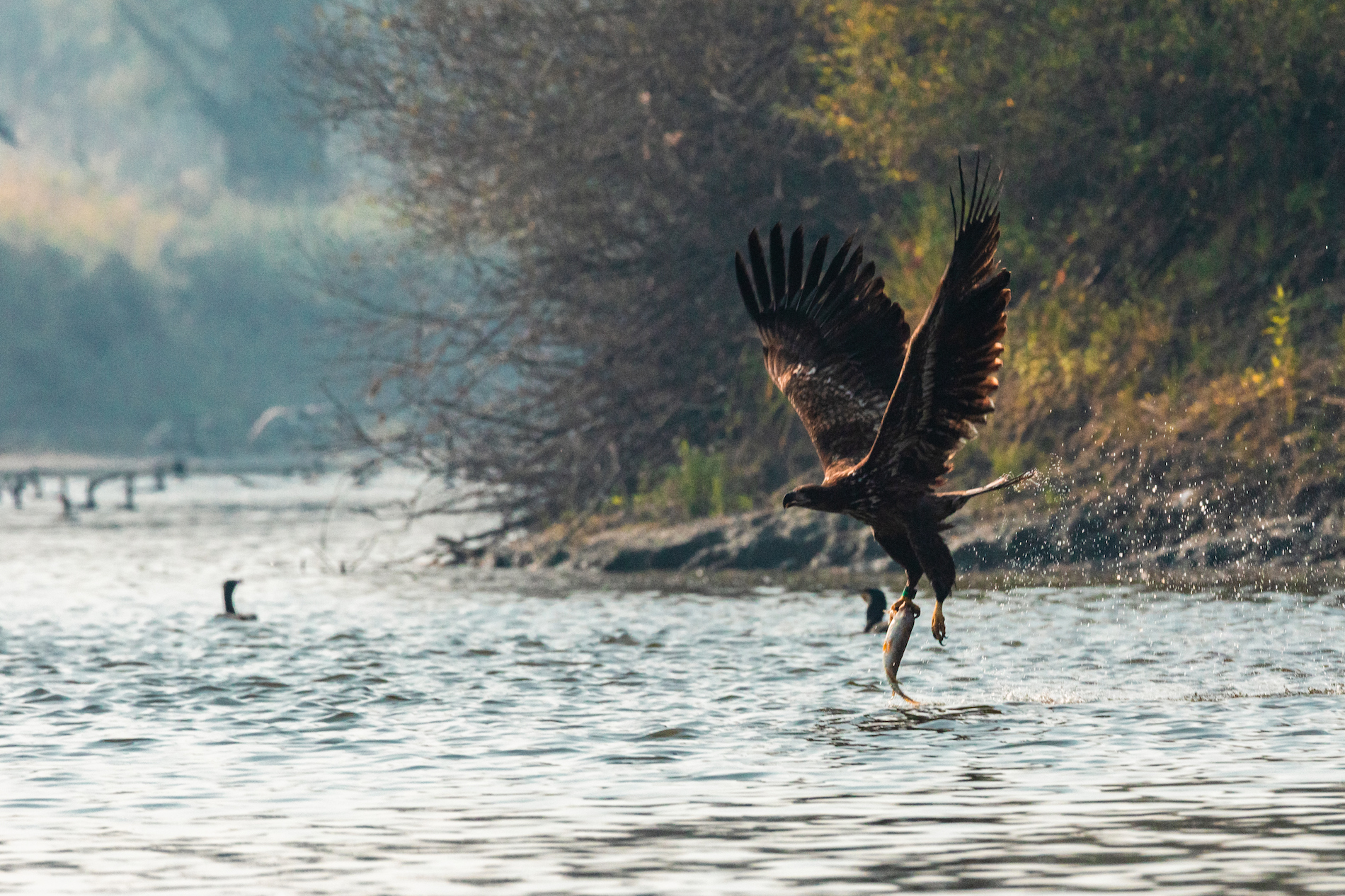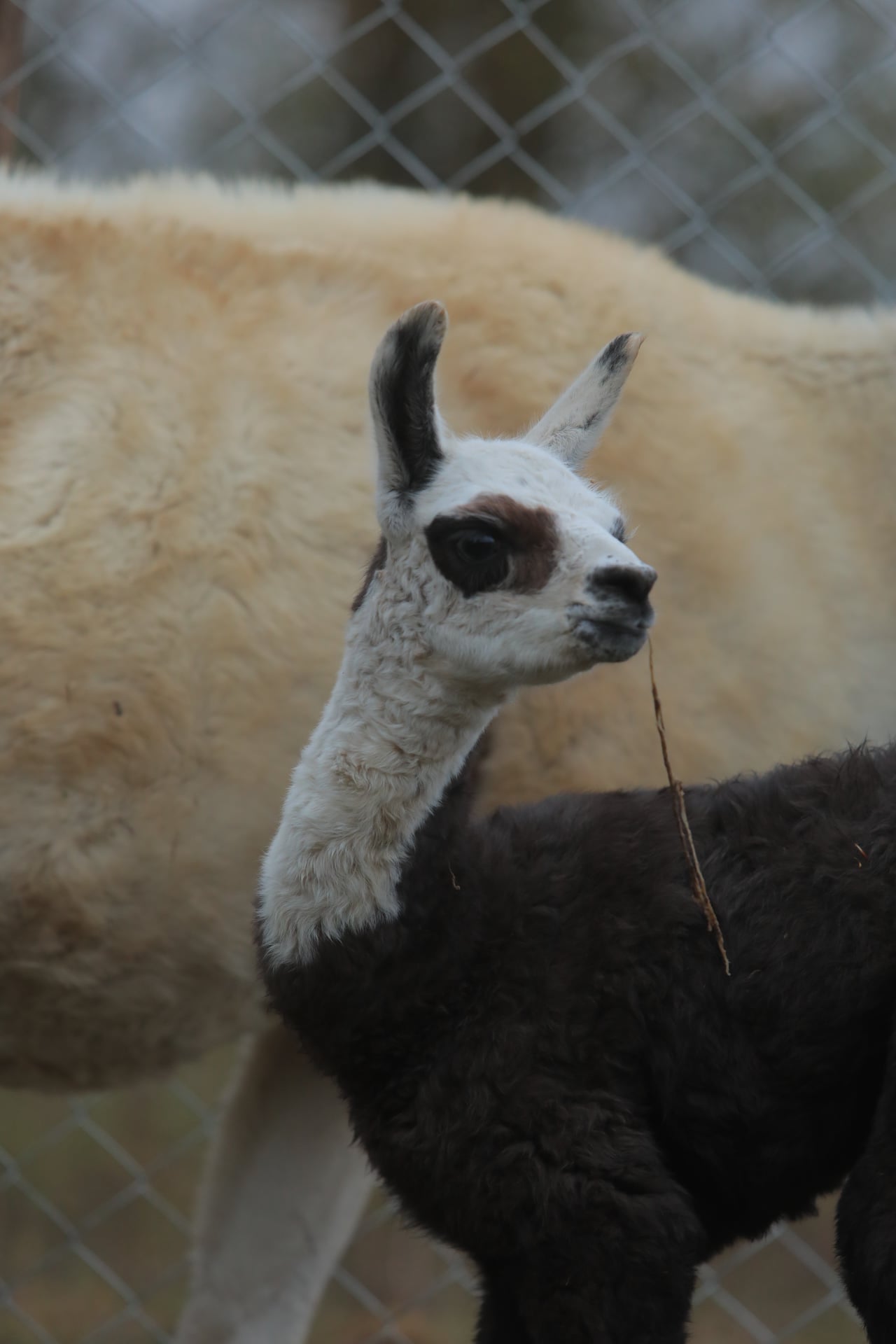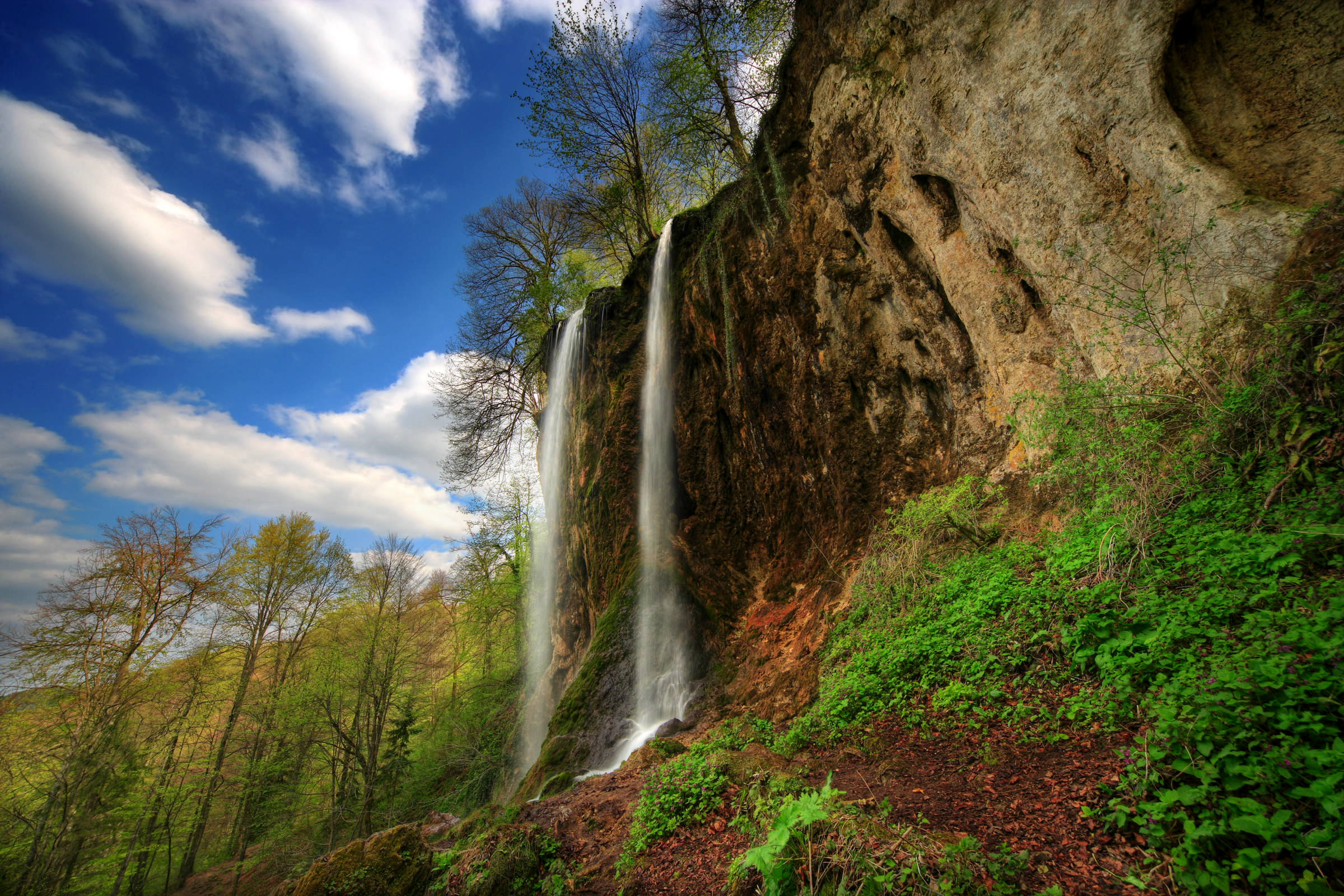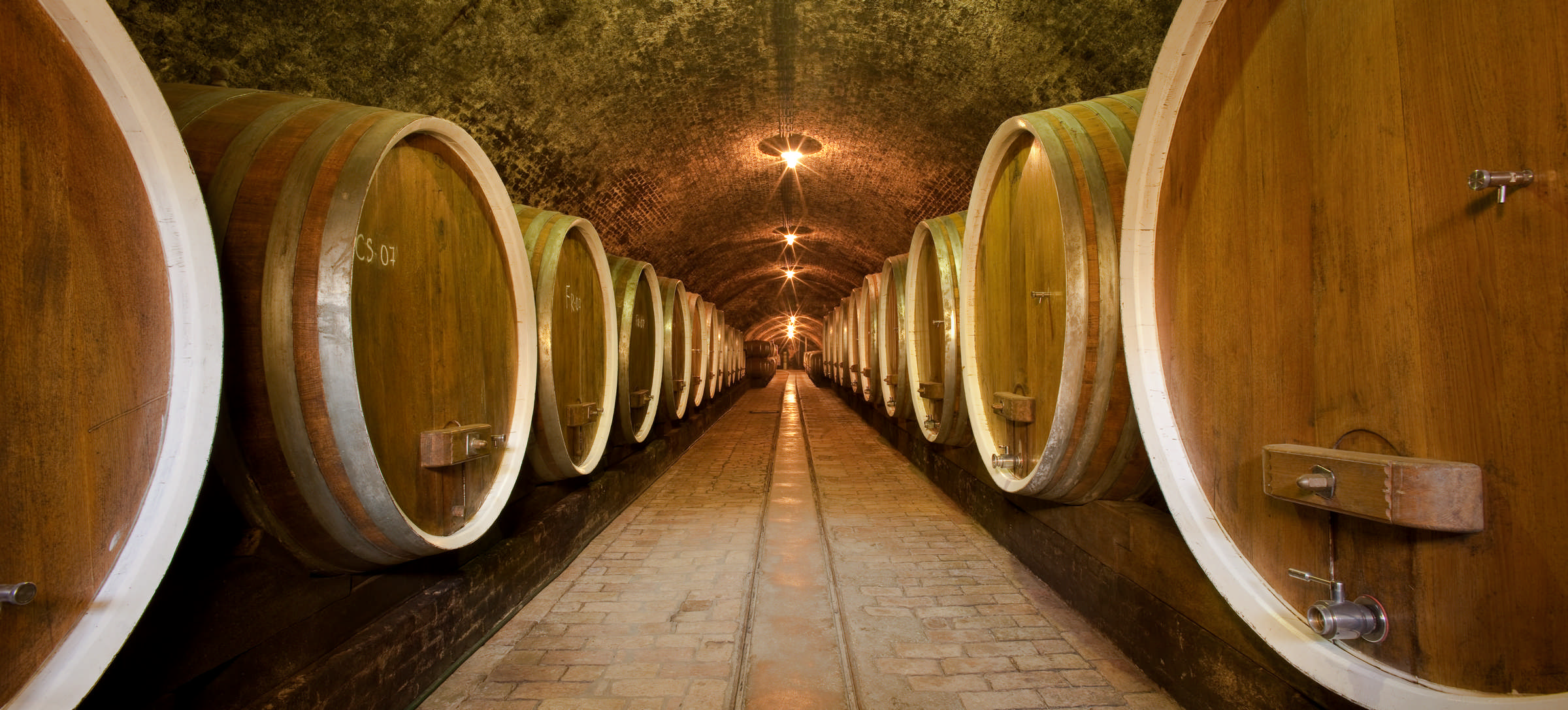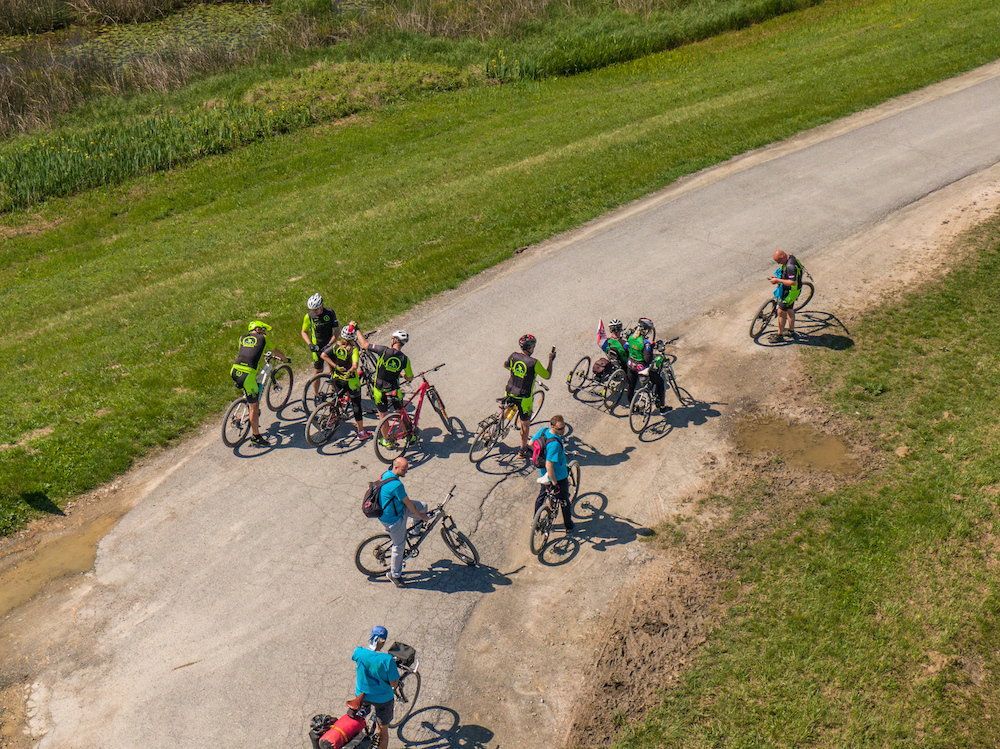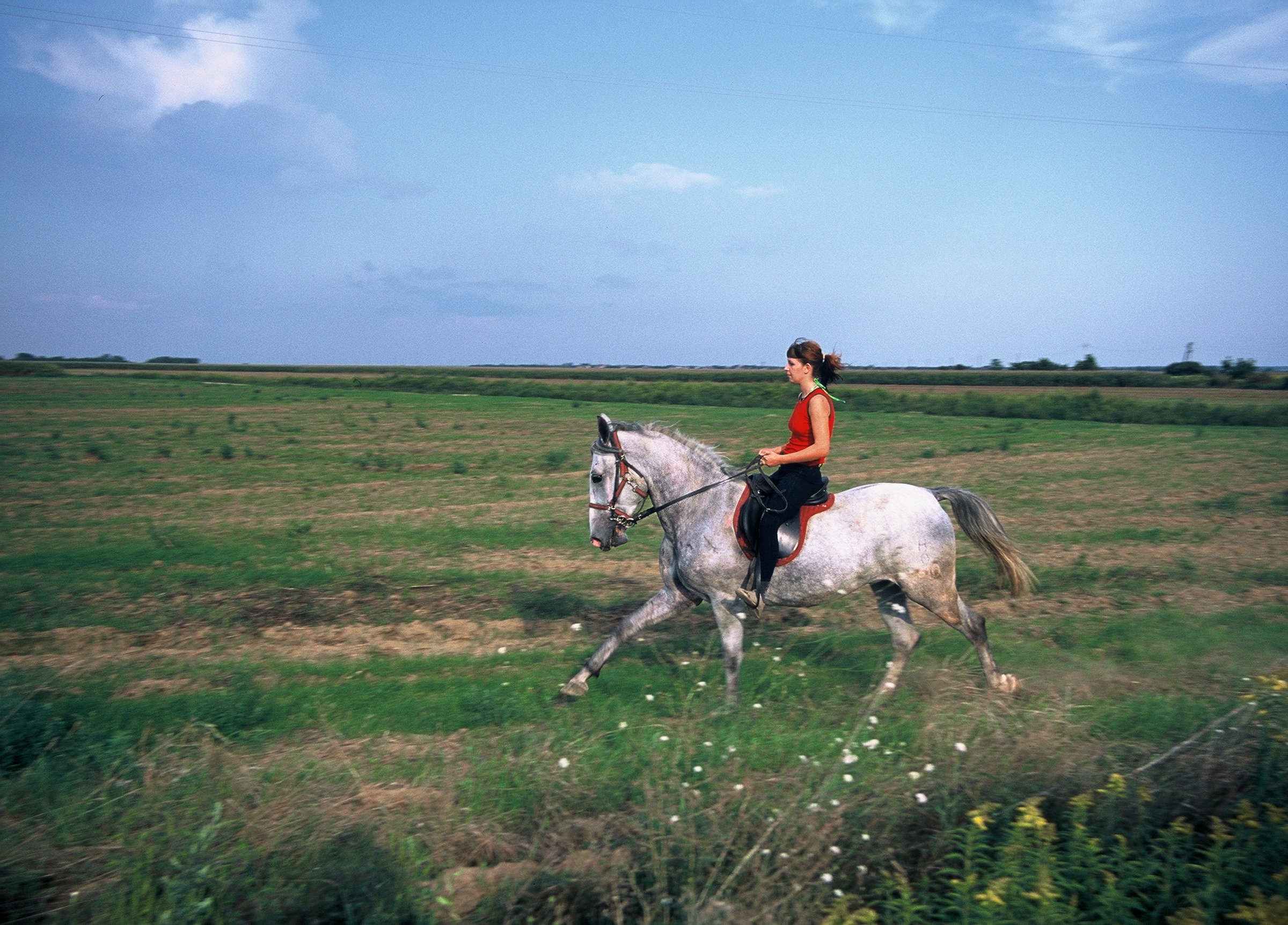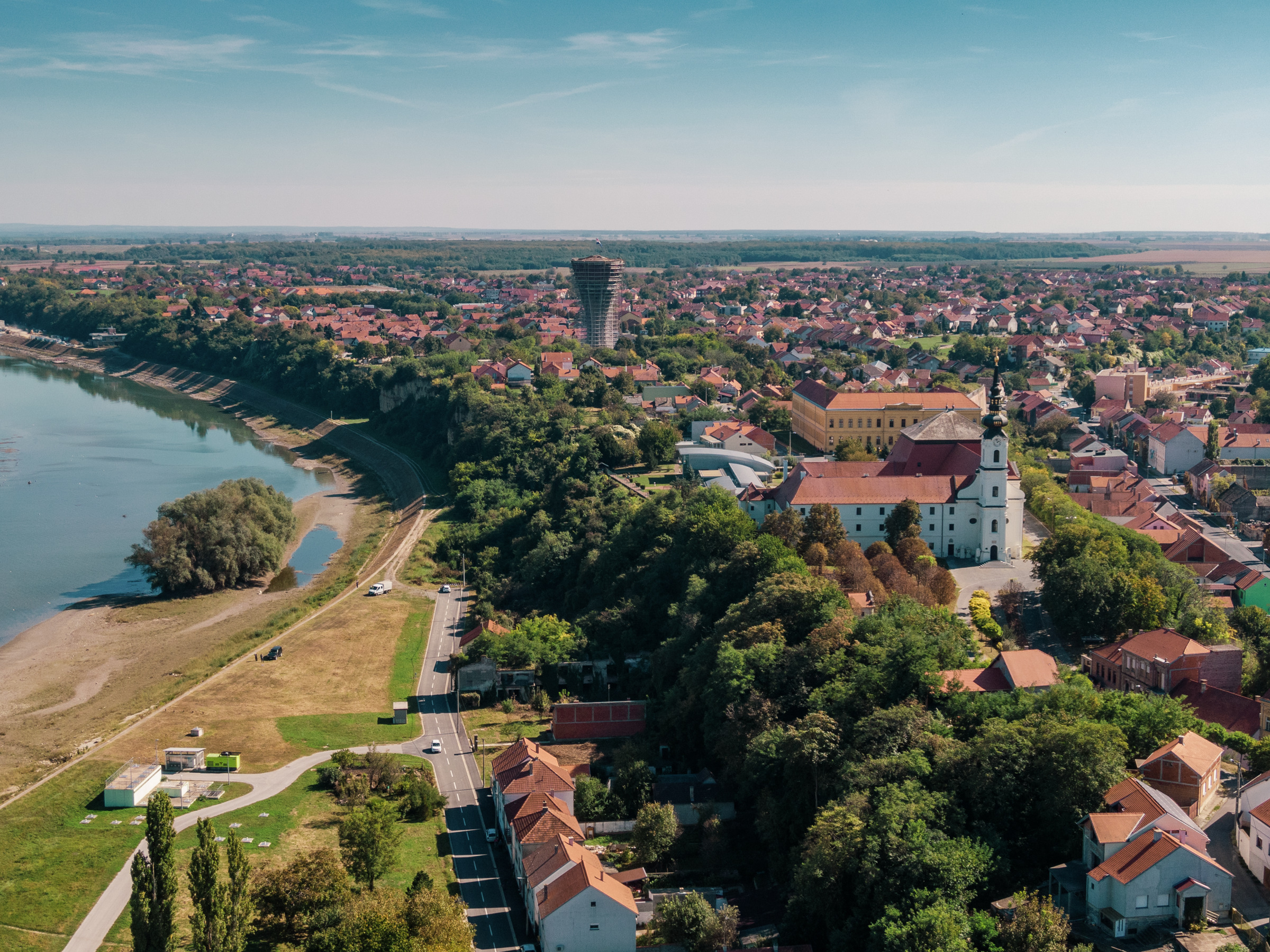Slavonia & Baranja – golden heart of Croatia
When imagining Slavonia & Baranja, I think of small villages, vast plains, fertile fields, winegrowing hills, centuries of rural tradition, excellent home-made food unique to the region, and genuine hospitality in this golden heart of Croatia. The region is situated in the far eastern part of Croatia, bordering Hungary, Serbia, Bosnia and Herzegovina. In Slavonia & Baranja you will experience Hungarian, Austrian, and Ottoman cultural influences merged with traditional costumes, food, music, and different dialects. It is located in the Pannonian Basin, mostly bordered by the Danube, Drava, and Sava rivers, which create fantastic natural landscapes.
The area is undeservedly under the radar for many travelers visiting Croatia. I was visiting Slavonia often in the past but it was’t until about five years ago that I started to look at it through a different lens and appreciate all it has to offer.
I remember my first visit was to Osijek, just after our homeland war finished (mid-90s). I was a teenager then, training in rowing. We were participating in a rowing regatta that took place on the Drava river. I vividly remember my first walk over the suspension bridge across the Drava river, discovering new places in the company of my friends.
This area of fertile plains covered with wheat produced enough grain to satisfy the demand of former Yugoslavia, which had more than 23 million citizens just before it fell apart in 1991. For perspective, Croatia today has about 4 million citizens. Due to the breakdown of the economy and all the hardships that the Homeland war has brought to region of Slavonia & Baranja, it never truly recovered to its former glory. Many farms got abandoned, young people moved to Zagreb or emigrated from Croatia, looking for better opportunities. Many never returned to their homes after they were forced to leave during the war.
Despite all the hardships, the people from this area are welcoming and hospitable. They are generous hosts, always ready to engage in a heart-to-heart over a glass of one of the many quality wines produced in the area. Slavonia is a land of legends, with its myths and secrets proudly passed down through the generations. Here, the locals fiercely uphold their traditions, such as harvest festivals, traditional dresses, and traditional local music. This region is full of different layers, and once you start exploring it, you will be amazed by all it has to offer.
There are many ways in which it can be explored, whether you are an active outdoor person, food lover, or culture & history enthusiast.
By now, Im sure you have a sense of why I am in love with this part of Croatia and why it makes me incredibly happy to be able to write about it, promote it, and bring our dear clients to visit the area. And by bringing visitors to the region, we are helping the community to thrive and creating new opportunities for people living there.
Here are AndAdventure’s top 10 reasons to visit Slavonia & Baranja:
1. KOPAČKI RIT Nature Park
Also called the European Amazon, Kopački Rit Nature Park is situated between two important European rivers, the Drava and the Danube. It became a protected area in 1967, due to its values as a rare ecosystem, rich biodiversity, and important ecological values. This area’s tame natural resources enable you to discover the rich fauna, from small birds to large wild animals like deer. Here, visitors can enjoy nature’s gifts, awakened by the scent of wildflowers, birds singing, or by walking through oak forests that are extremely rare today. You can enjoy a guided boat tour through the wild nature created by water and bird watching. Avid bird-watchers will also enjoy a visit to Slavonia, where there is more to offer in that aspect.
2. ČUDESNA ŠUMA (Magic Forest)
Do you know the connection between Llamas and Slavonia? A small farm in the vicinity of Kopački Rit Nature Park is dedicated to bio dynamic, ecological gardening, and sustainable living for many animals, including few llamas. The owners prepare excellent traditional meals using local and organic ingredients. One such dish is the famous paprika-flavored fish stew (fiš paprikaš) made with freshwater fish and cooked in a cauldron with lots of love, passion…and ground red paprika.
3. PAPUK
What makes this mountain unique in Croatia is its geology. Here, one can see all the ages of rocks, from the Paleozoic to the most recent Quaternary period. This is also the only Croatian mountain to have an abundance of volcanic rocks. Consequently, here near the picturesque village of Voćin, the first Croatian geological park, Rupnica, known for its unusual strata, was founded. With its fascinating geology, Papuk has been included in the list of world geological parks, the first such park in Croatia. Papuk also offers numerous hiking trails through its endless forests. The most beautiful part of Papuk is Jankovac park-wood, and the Jankovac waterfall is definitely worth visiting during your hikes.
4. TASTE KULEN (not for vegetarians)
As mentioned, Slavonia offers outstanding traditional cuisine. Kulen is one of the most famous and appreciated delicacies. This exquisite product is prepared and smoke-dried according to a protected recipe, using the best parts of chopped pork meat, cleaned from fat and connective tissue, with added garlic, salt, red paprika and, sometimes, a little pepper. It takes the right ratio of sweet and spicy paprika to give it the required spiciness. Although the recipe may seem simple, the finest Kulen is challenging to make, and only a rare few can do it just right. Kulen’s special kind is made from the Black Slavonian pig, which could once be found in every rural household in Slavonia. But don’t get fooled; Kulen is not the only food not to be missed. The multiculturalism and rich history of the region influenced not only the customs and way of life but also the wide variety of foods and wine. So if you are a food lover, you can be sure that you are in the right place.
5. FOR WINE LOVERS
Did you know that Slavonia is one of the four wine regions in Croatia, with its wine growing tradition dating back to ancient Roman times? There are vast rows of grapevines creating the most beautiful landscapes. Among the varietals you’ll find here are Pinot gris and blanc, Rhein Riesling, Chardonnay, Traminer, Sauvignon, Blue Frankish, Kadarka, Portugieser, Pinot noir, Cabernet Sauvignon, Merlot, Zweigelt. The first Croatian sparkling wine was produced in 1864 in the town of Slatina, using the Champagne method. For decades, Slavonia & Baranja region has been dominated by white grape varieties, and Graševina (Welschriesling) has held the throne. Production of Graševina in this wine region has reached a level where many associate it with Slavonia & Baranja and consider it indigenous. You can explore Slavonian wines by visiting a hundred or so charming family wineries that will give you an insight into all of the facets of Slavonian hospitality.
Visit Kutjevo (the capital of wine in continental Croatia) with its cellars dating back to the 13th century, which makes it oldest in the Southeast Europe. You will hear the story of a passionate love affair between Empress Maria Theresa and Baron Franz von der Trenck. They allegedly spent an entire week in 1741 in an old wine cellar in Kutjevo, enjoying the intoxicating powers of its wines.
In Erdut, you can find a 74,000-liter barrel that weighs 17,000 kilograms when empty. Its insides are as big as a one-bedroom apartment, and the oak wood used in its construction took 10 years to cure. Its impressive size earned it a place in the Guinness Book of World Records.
Ilok and Odescalchi castle, where wine is still kept in the old 15th- and 18th-century cellars, is also a place not to be missed. An interesting fact is that Traminer from 1947 from Ilok cellars served on the coronation of Queen Elizabeth II.
6. FOR HISTORY LOVERS
Did you know that the city of Vinkovci is the oldest continuously inhabited city in Europe? It has been continually inhabited for over 8,000 years. The first communities of farmers settled this area around 6200 B.C., introducing pottery, domesticated animals, and plants. Near Vukovar, you can find the archaeological site, Vučedol, one of the most important Eneolithic period sites. During its days of glory, Vučedol culture stretched across a large area with a width of 700 km, which included 10 European states of today: the Czech Republic, Slovakia, Austria, Hungary, Romania, Slovenia, Croatia, Bosnia and Herzegovina, Serbia, Montenegro, and Albania. Pottery especially stands out in the material culture, and its outstanding technological quality and aesthetic values speak of a highly developed civilization. The most famous example is the Vučedol Dove, a cult pot in the shape of a bird and richly encrusted, which was found in 1938.
7. CYCLIST’S DREAM
Wheat fields and idyllic combination of plains, marshes, hills, and picturesque places can be explored here on two wheels. Whether you are a road cyclist or prefer gravel, you will be able to find a ride that would suit you just perfectly. Passing through vineyards, tasting some wine along the way, enjoying home-made food (mostly farm to table), discovering sites, and enjoying superb views are just some of the reasons pros opt for a bike tour in Slavonia & Baranja. Some of the many routes include:
- From Osijek runs the international cycling route, the Pannonian Peace Trail to Sombor, 75 km long.
- The Croatian part of the EuroVelo 6 the Danube Route passes through Slavonia & Baranja. It is 138 kilometers long. The designated circular Syrmia cycling route (98 km) passes the area bounded by the Sava river, where seven rivers water Spačva, one of the largest intact oak forests of Europe.
8. LOVE HORSES?
There is a special bond between the people of Slavonia and horses. Even today, horses in a way belong to the tradition and heritage, and for this reason, they are an unavoidable part of Folklore festivals. You can also enjoy horseback riding on numerous small farms along the region. There is a special breed of horses that we need to mention – the Lipizzaner horses. They were often a status symbol for the owner and the estate. Today there are two State “Ergelas” (stud-farms) you can visit and admire these majestic animals: Đakovo State Ergela founded in the 13th century and the State Ergela in Lipik founded in 1843.
9. OSIJEK
Osijek is the town with the oldest brewery in Croatia, dating back to the 17th century. That is a fun fact for all beer lovers, but Osijek is so much more. Osijek boasts the largest number of city parks and urban green spaces in Croatia. The Citadel (“Tvrđa”), at one point the most advanced fortress in Central Europe, which never actually fulfilled its military purpose, is now known for museums and galleries, great nightlife, charming cafés, and restaurants. It is home to the longest row of Art Nouveau buildings in Southeast Europe. Another essential part of European cultural heritage is the famous Osijek tramway, which has been in operation since 1884. The biggest adrenaline junkies look forward to the Pannonian Challenge, the largest extreme sport and music event in Southeast Europe held over five days at the end of spring.
10. VUKOVAR
Vukovar has a special place in the hearts of Croatians. The town of recent heartbreaking history was entirely devastated in 1991. Today, it is a symbol of resistance, invincibility, and persistence. But it is also a symbol of peace in which courage, self-sacrifice, and the greatness of its defenders give it a holy place in the creation of the independent Republic of Croatia. As a memory of these recent events, Vukovar Nocturne was created – a story of love and courage, strength and pain, human dignity and a victory of life.
This title encompasses all memorial sites of Vukovar worth visiting for all those curious to learn more about recent Croatian history and how devastating life can be. Besides the reminders of the heartbreaking history, there are plenty of other things to visit and do in Vukovar, so you can be sure that it is worth visiting this five-thousand-year-old settlement. The Vukovar-Vučedol-Ilok tourist destination follows the Danube’s downstream flow and is packed with castles, museums, architecture complexes with great ambient value, and gastronomy delights. Its beauty has led it to being named a European Destination of Excellence (EDEN) in 2016/2017.
A walk to the Adica Park Forest is the perfect choice for nature and adventure lovers; the birth house of the Nobel Prize winner Lavoslav Ružička will give you an opportunity to meet the famous chemist face to face or at least a hologram of him, while the numerous cafés and restaurants will give you a sense of the local spirit, hospitality, and an easy-going lifestyle. One of my favorite events taking place in Vukovar is VukovaART – an event that transformed Vukovar into an urban environment rich in modern art. Since 2016, top international street artists have been coming to Vukovar to paint on Vukovar’s public locations and buildings. This ambitious project is transforming Vukovar’s image, placing it on the European and world’s map of modern art, which is recognized in Croatia, the European Union, and, ultimately, the world.
If there is something that gives me great excitement, it is discovering new places, working on new ideas, connecting with new people and sharing these experiences. And I do hope I managed to share some of this excitement with you in this blog post to encourage you to consider Slavonia & Baranja as the next place to add to your trip.







